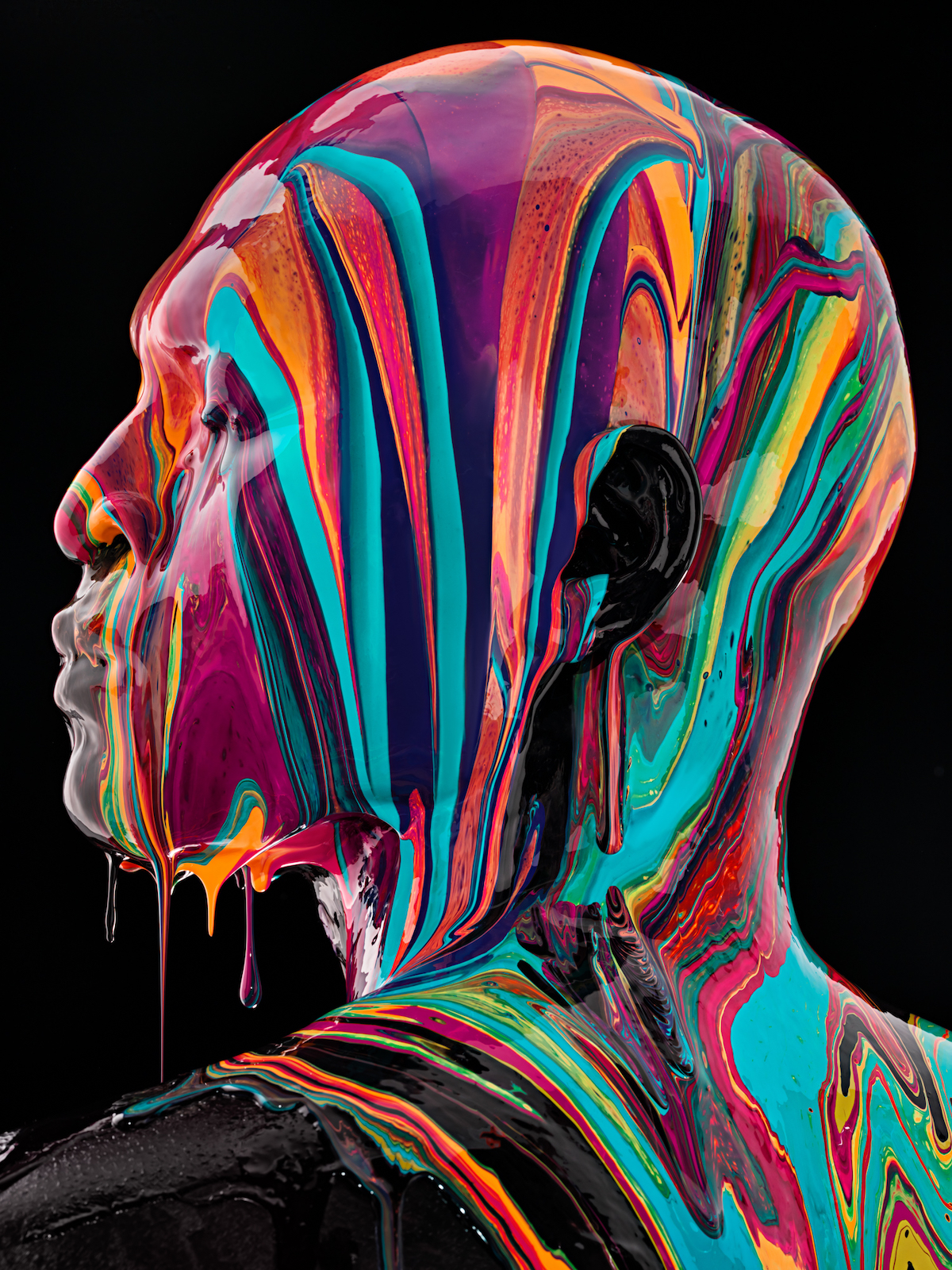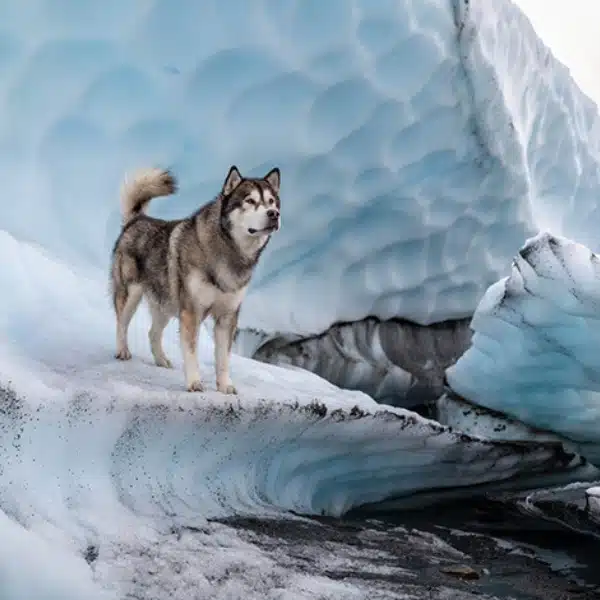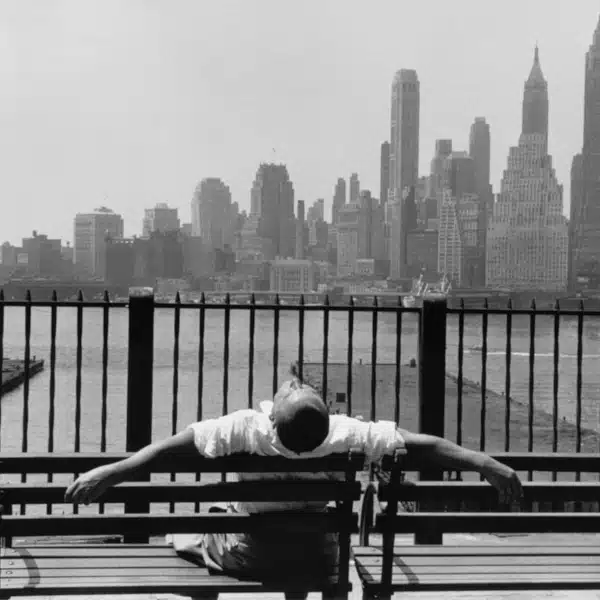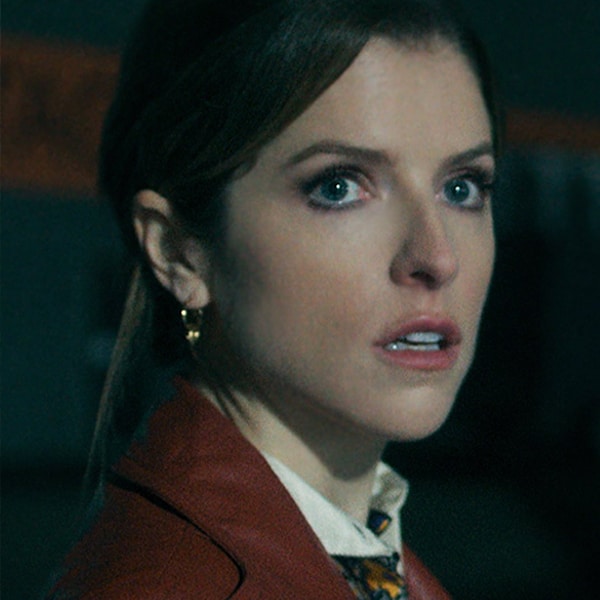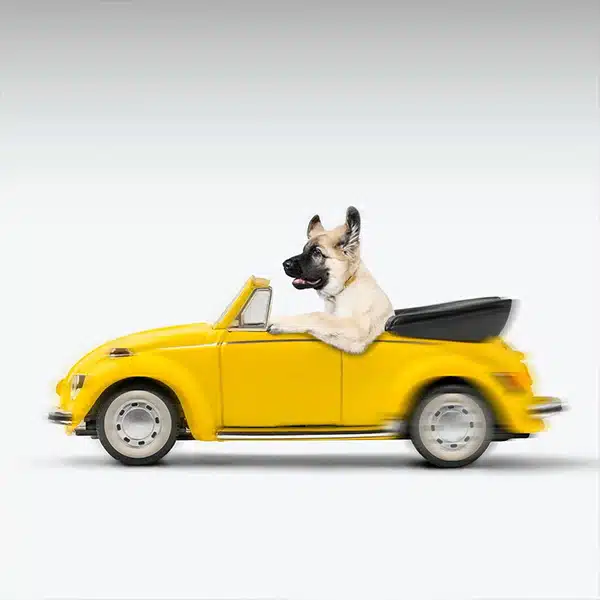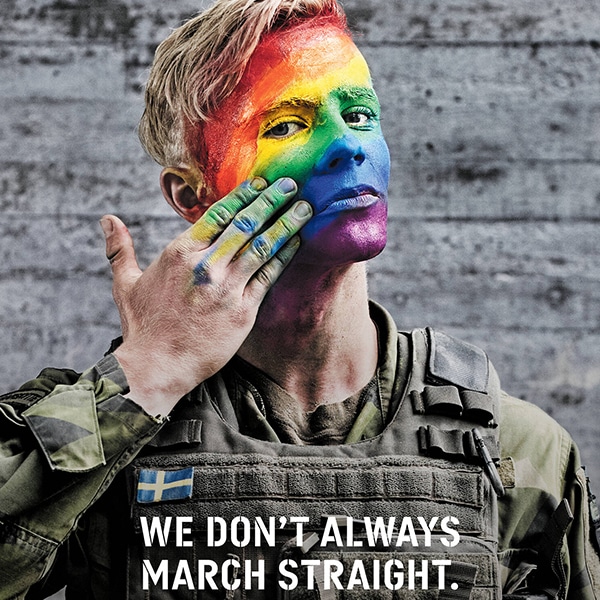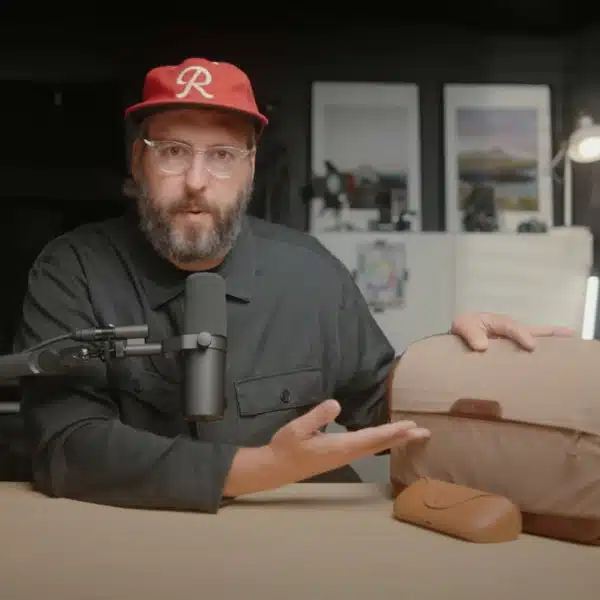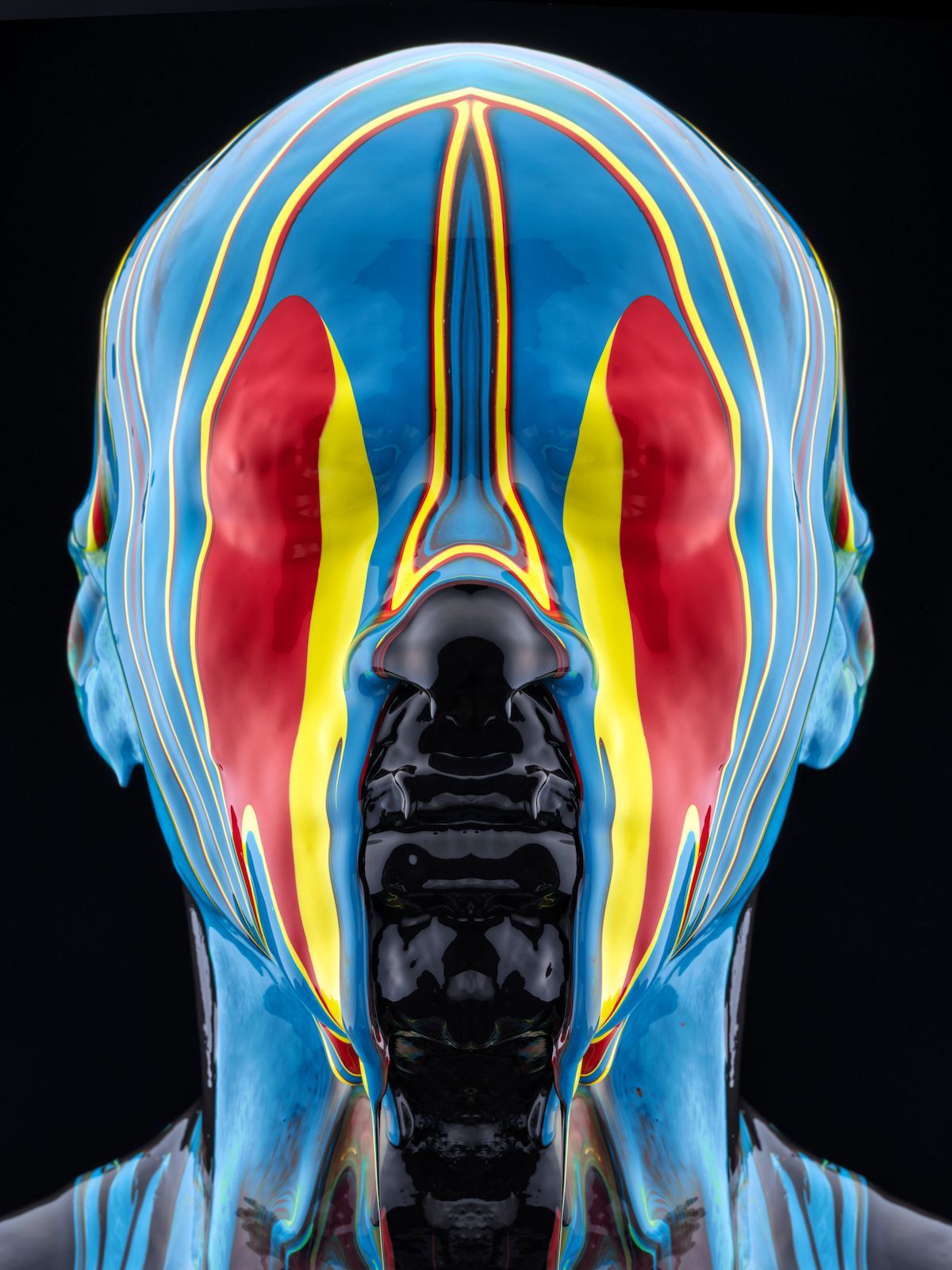
Whether he's creating photographs for advertising campaigns, capturing dynamic snapshots of the body in motion, or making conceptual fine art photography, California-based fine art photographer Tim Tadder always finds a way to arrest the viewer’s interest with his unique imagery. His latest series of striking and dramatic photographs, titled Black is a Color, is no exception.
With vivid paints of varying hues poured—dripping, seemingly melting—over the subjects’ form, the photographs highlight the beauty and result of what happens when these myriad colors mix. Ultimately, Tadder hopes to draw attention to the complexity of the human experience, especially that of people of color. “Black is a Color demands that we look past skin tone, and into beautiful, infinitely complex humans,” the artist declares.
We had the chance to chat with Tadder about his newest series Black is a Color and the concept and motivation behind his work. Read on for My Modern Met's exclusive interview.
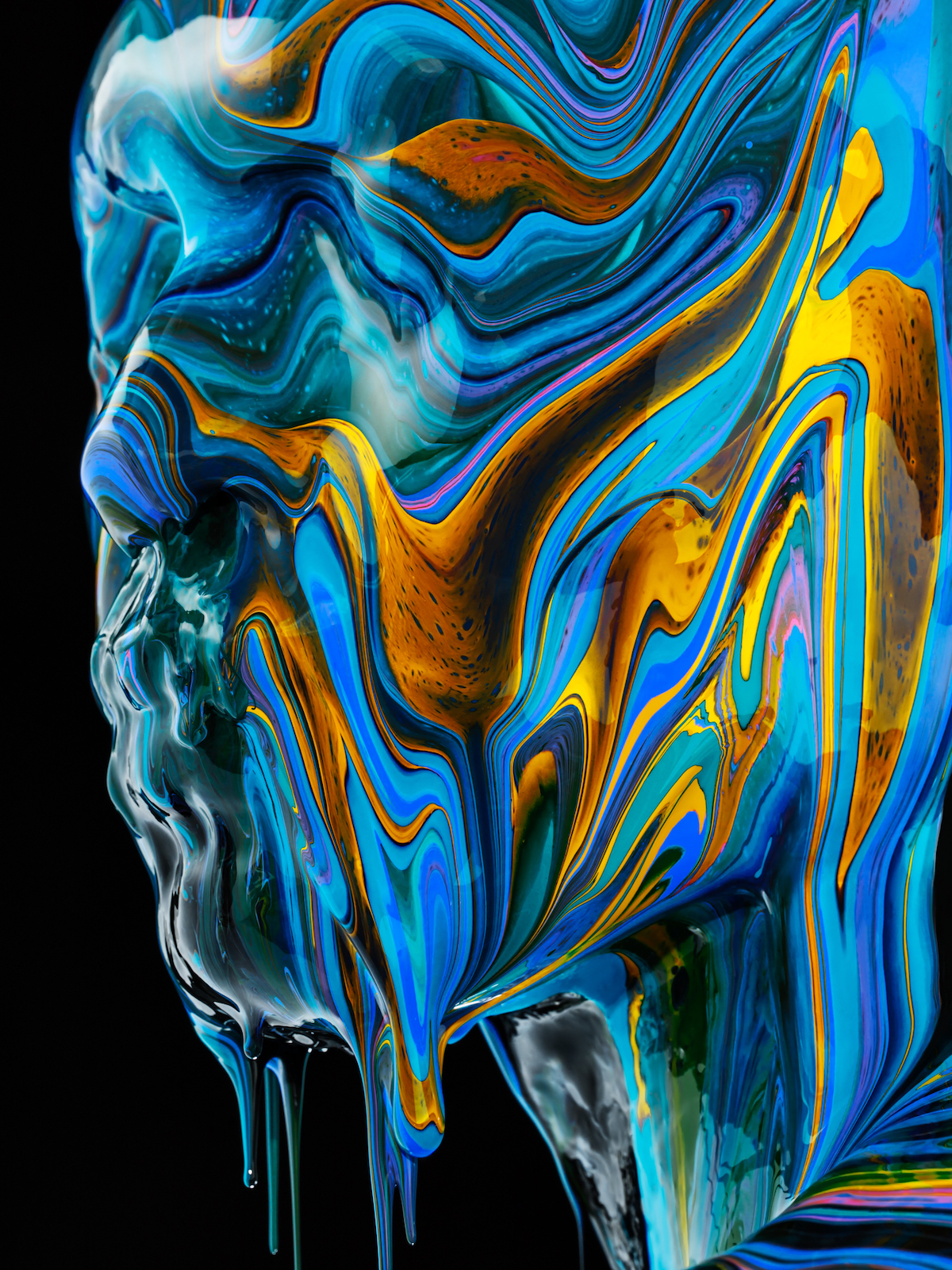
What inspired the concept for Black is a Color?
Black is a Color exemplifies the strong desire for unity during an unprecedented time in our nation. When primary colors are mixed at equal parts, black is ultimately the result. During this complex process, an imperial display of tones appears in the swirling to mirror powerful structure and emotion from the subjects.
The inspiration truly came at a crucial time for the nation to unite. I hope this collection encourages empathy, unity, and a non-binary view of race. Black is a Color challenges one to see past profiling and foresee the beauty that is capable of elevating the human experience.
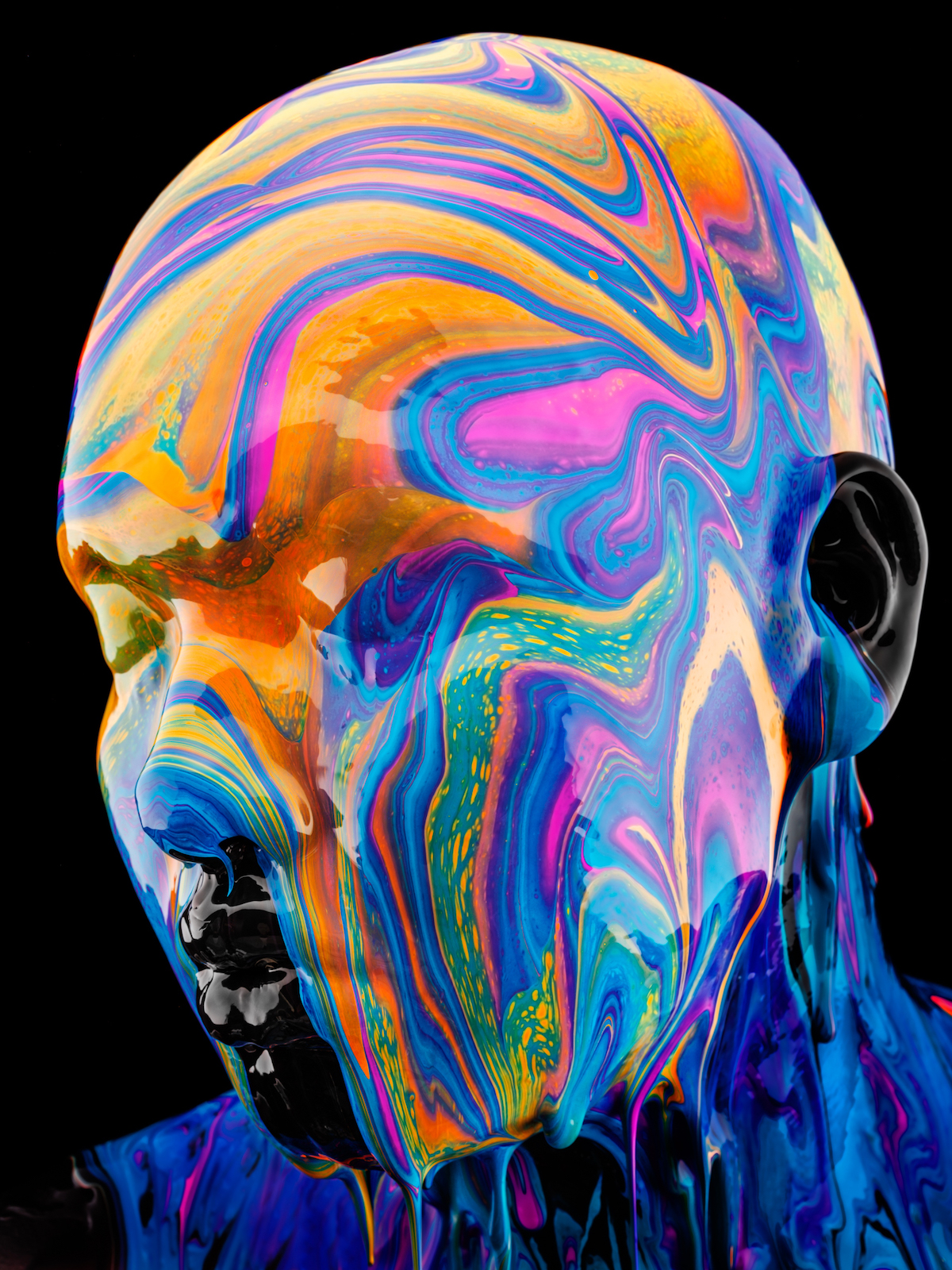
How did you find the subjects for these photographs, and what was it like working with them?
This concept is idiosyncratic in that we were looking to capture models with completely bald heads. We utilized social media & casting agencies in Los Angeles to find the models. We cultivated relationships with the models and helped them feel comfortable with the paint pouring process.
The synergy was great, and the models executed with real professionalism, regardless of the fact that they couldn’t speak or open their eyes during this process. Ultimately, I attempt to speak to mankind as opposed to an individual, and that’s what you get when you include such simple features as just the head and eyes of the subject.
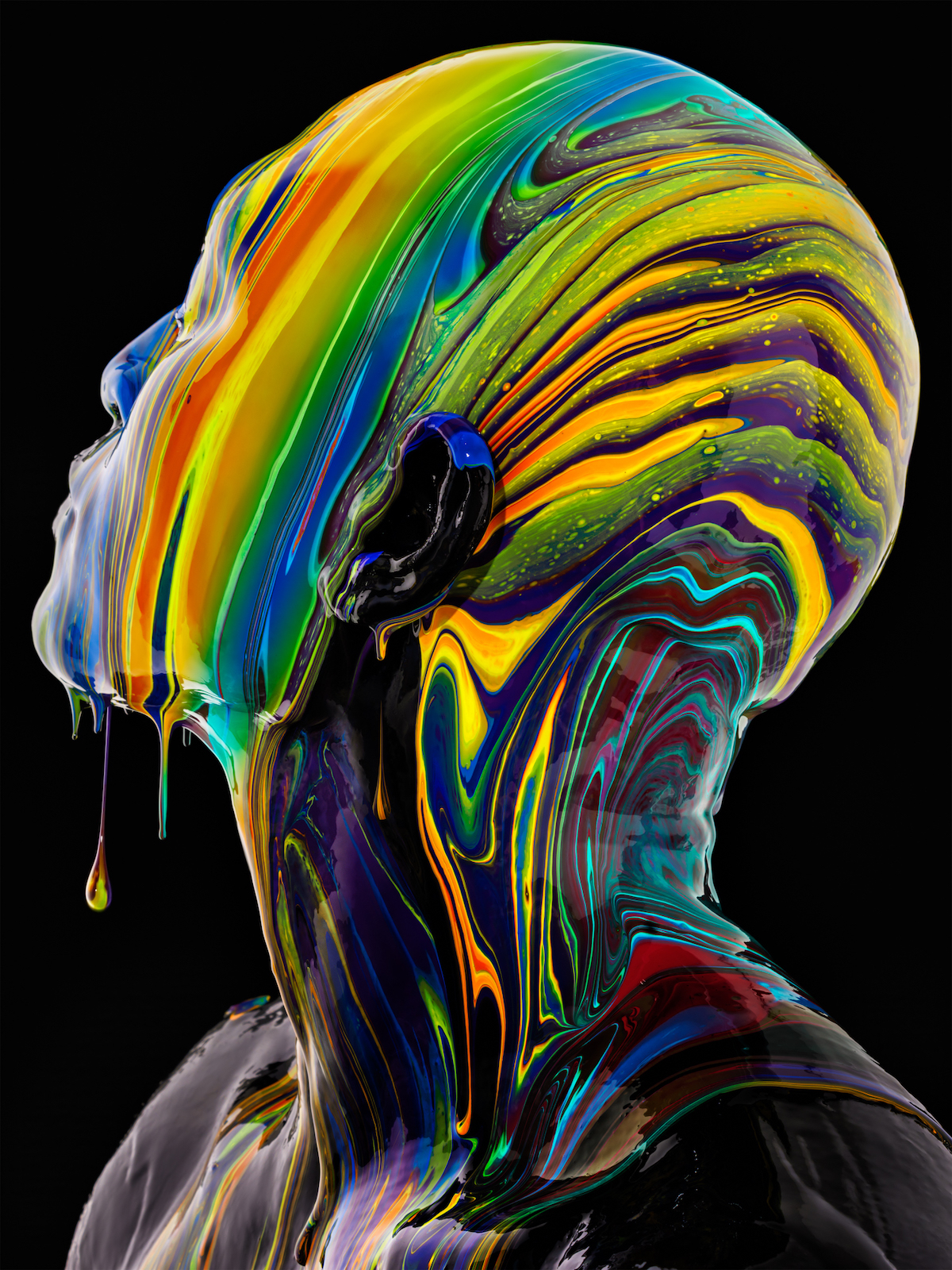
Can you describe your process and all the different components that went into capturing this series?
The process for this concept took numerous attempts before we got it right. We experimented with a lot of different paint viscosities and dilution techniques, and that created some serendipitously beautiful colors that really enhanced the process. We discovered as we went along and got better as we executed the concept more and more.
The specific colors I incorporated provide vividness, boldness, and a contemporary art color scheme to pique the interest of others and to ultimately elicit a response. The colors are highly methodical and deliberate.
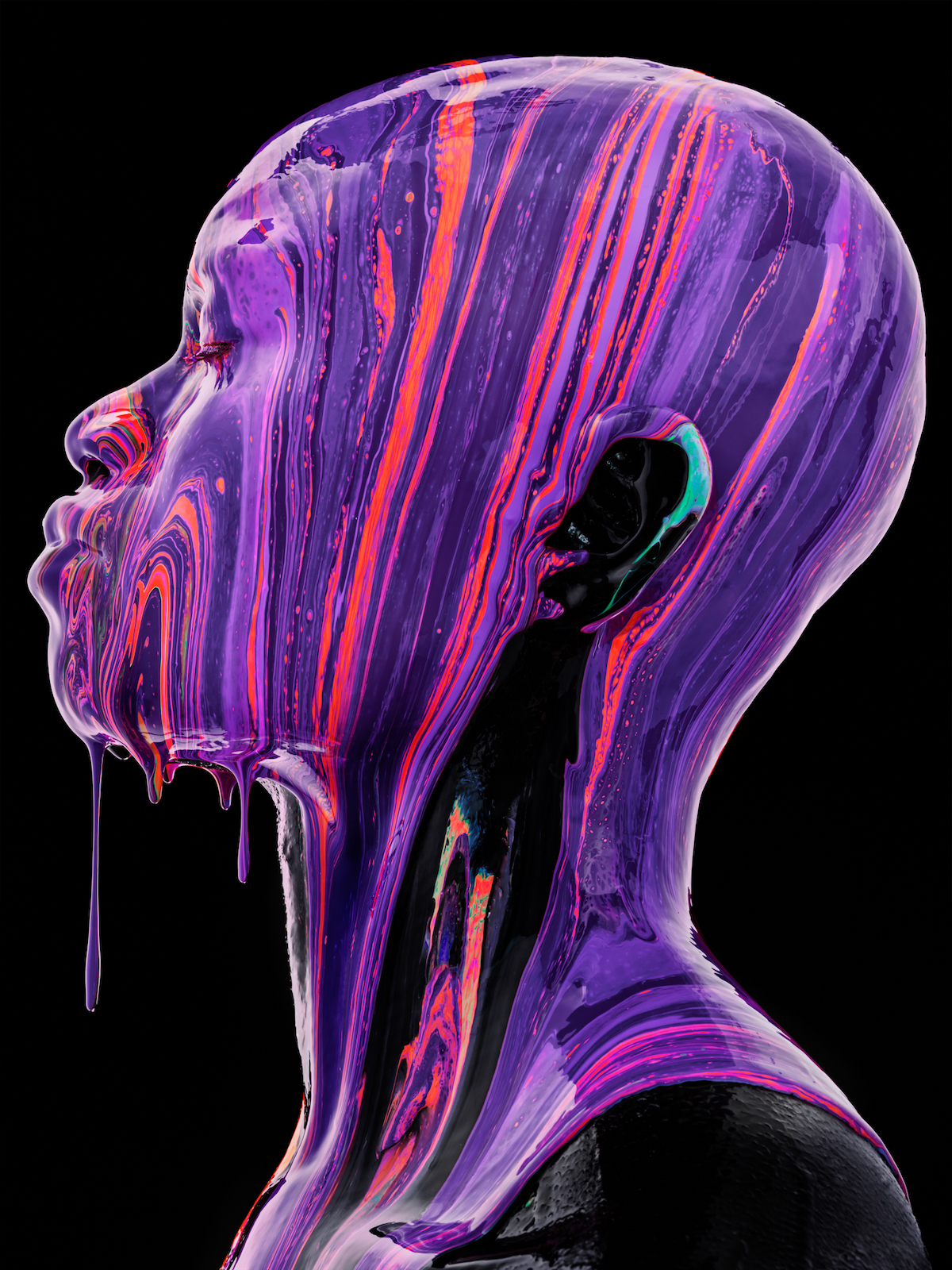
Was there anything unexpected or surprising that you encountered or learned while working on this project?
When I first experimented with this series, I explored the paint in relation to that of the upcoming election. Post-shoot, I felt that I didn’t fully identify what I was trying to interpret, and then I explored the series in depth and started to see the story come to life, so I persisted and kept working towards it. Ultimately, I started this project to see what materializes, and I decided to explore this until I truly discovered the way I wanted to portray the series.
At the height of the BLM movement and post-George Floyd, I had spoken about the assault on freedoms and the division, but I haven’t created anything that spoke to how I felt about systemic racism and social injustice, or the way society perceives race as a binary stem. I wanted to explore a non-literal and unconventional way to share with people a different point of view. A view that boldly illustrates a slice of what is missed by a binary approach to race.
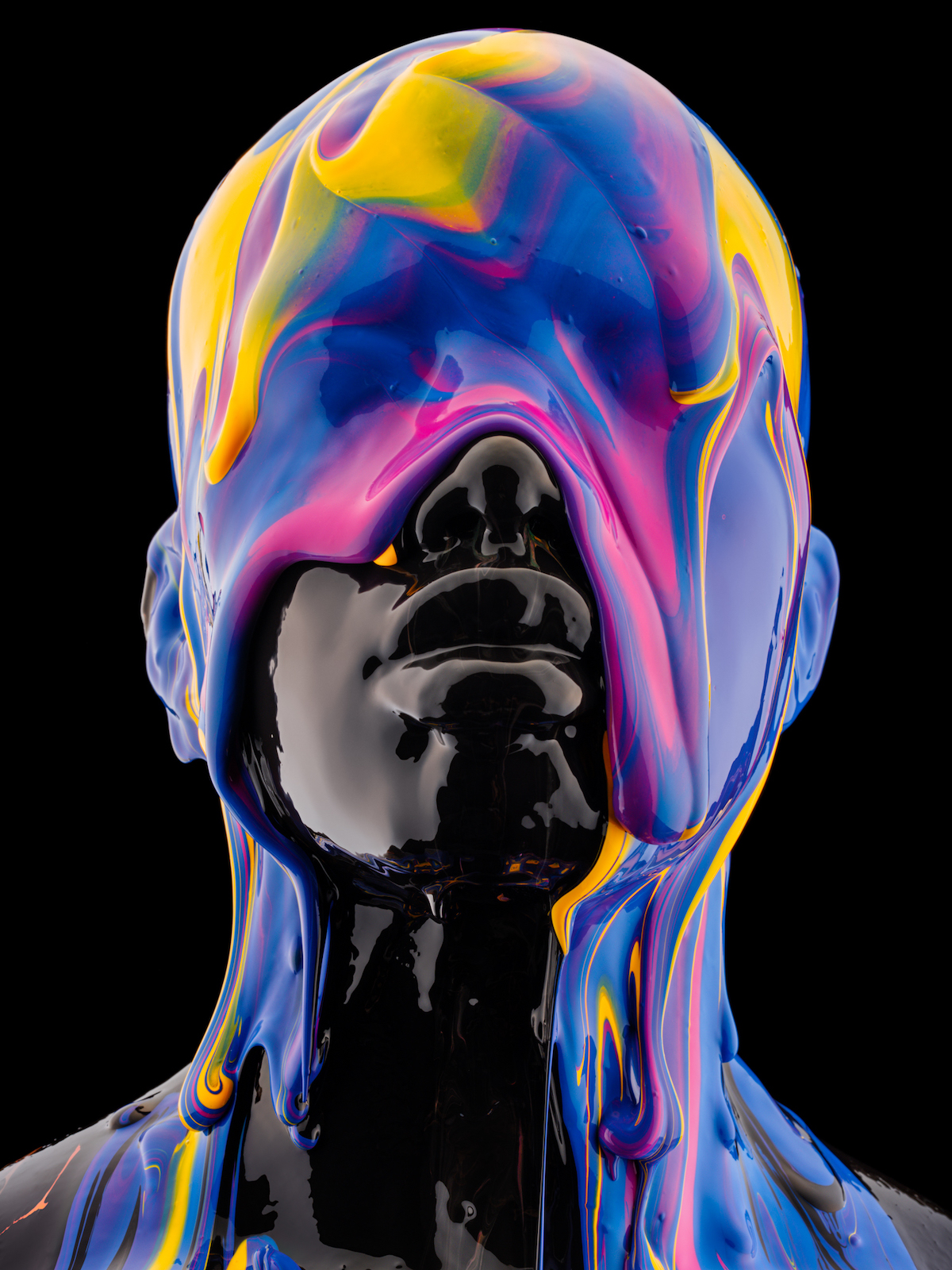
How does Black is a Color fit in when juxtaposed with your other bodies of work?
This series is an unintentional trilogy to my Nothing to See and United States of Purple series by incorporating bald subjects as highly conceptual pieces of my work. This has become the framework behind my artistry. From that standpoint, I always look at bald subjects as representative of mankind, and I want to strip it down to the absolute most simplistic form so that the subjects in the art represent humanity, not just the person in the image. The images are not portraits but rather graphic representations of the concept.
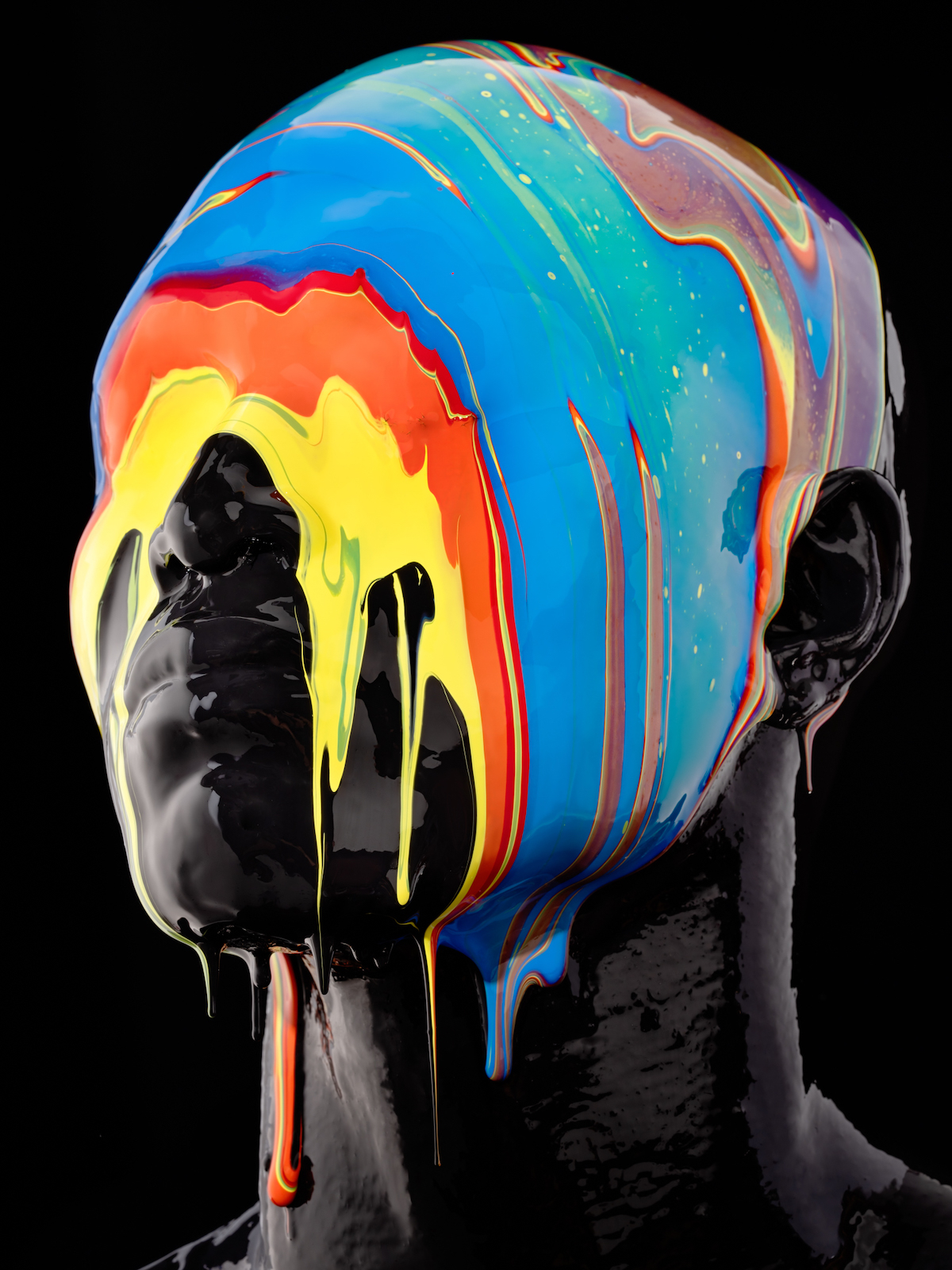
What do you hope viewers will take away from these images?
The beauty of art is your own individual take away. I believe these images will touch people in many different aspects, not just one. I hope viewers will see the beauty and raw human form that creates powerful emotion for future generations.
Is there anything else you would like to share with us?
New work to come! Stay tuned.
